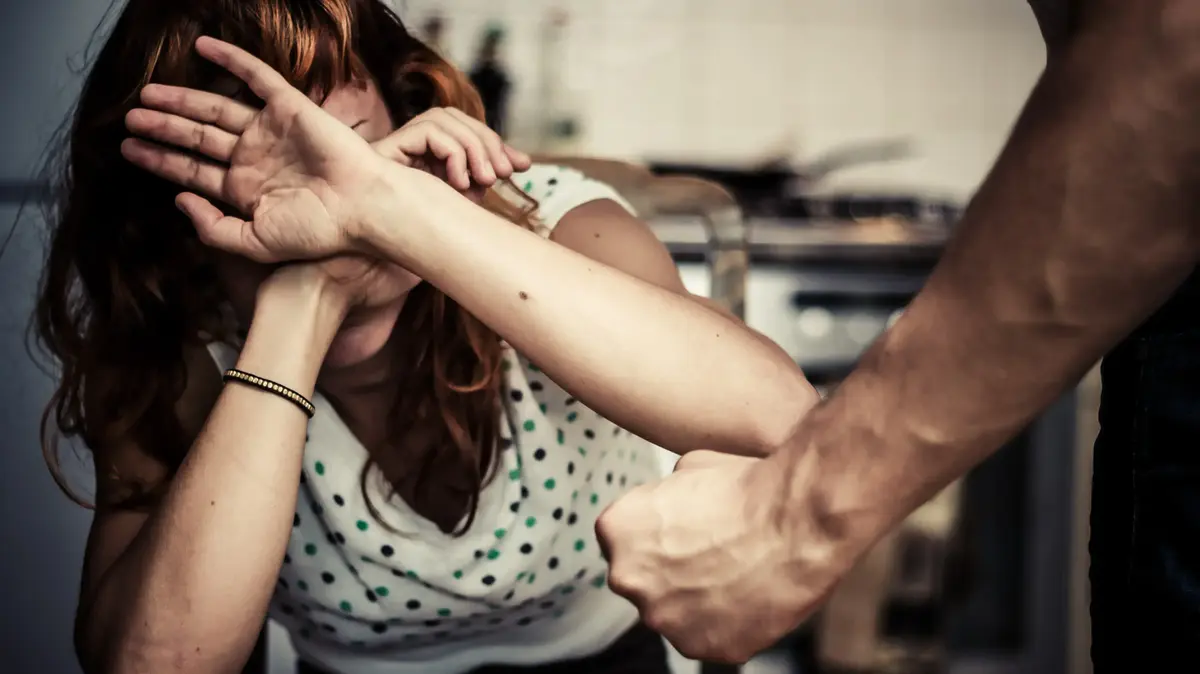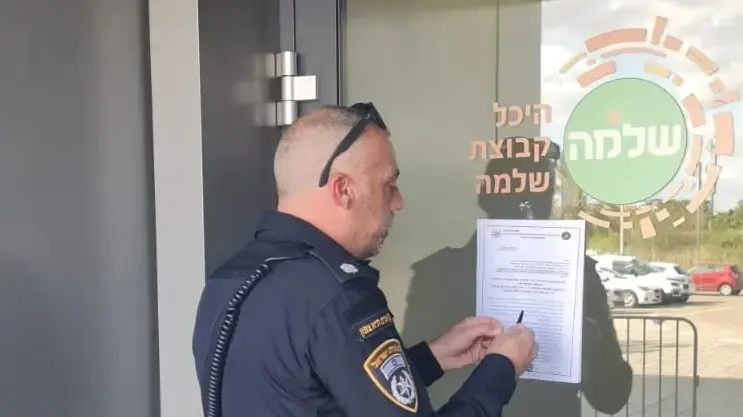2023 greeted us with two issues of crude violence in the media: the trials for the deaths of Fernando Báez Sosa and Lucio Dupuy.
A promising 18-year-old boy beaten to death at the exit of a nightclub and a boy of just five years who succumbed to child abuse suffered at the hands of his mother and her partner.
In recent years there has been an increase in complaints and episodes of violence.
A clear example of this is the report of the Office of Domestic Violence (OVD) of the Supreme Court of Justice of the Nation presented last December, where it is indicated that complaints of family violence increased by 32% in the City of Buenos Aires and 36% of them were considered high and very high risk.
Although the data on gender violence is frequently known, we must take into account that 33% of the people affected in the reported cases are under 18 years of age.
And although the highest percentage of victims are women, in the group from 0 to 5 years the affected boys were more than the girls (66%).
According to the latest OVD records, 8 out of 10 girls, boys and adolescents have suffered violence from their parents, and 6 out of 10 were assaulted on a daily or weekly basis.
For its part, homicides among young people between the ages of 10 and 29 constitute the fourth cause of death worldwide (WHO), where 83% of the victims are male.
It is true that statistics or images in the media and networks are not enough to show the violence that occurs out of our sight.
Let's think about how many cases like those of Lucio and Fernando go unnoticed, let alone reported, because the victims are too young, or are too weak or sick to protect themselves, or are so afraid that it is impossible for them to ask for help.
That is why international organizations and Human Rights Conventions uphold the existence of a duty to prevent the occurrence of violence by States.
However, current public policies in our country focus on interventions after reporting a violent episode, addressing the consequences of violence and assisting victims and their families.
But this type of intervention has shown its ceiling.
No matter how much is invested in it, it fails to reduce violent situations.
From the study of national legislation on violence in the last 50 years, it is clear that the focus has been on responding to the victims of violence.
But there are few proposals that aim at preventive work with populations at high risk of suffering or exercising violence and their re-education (those that do exist are mainly focused on gender violence).
It is not possible to find clear educational policies that pursue the learning of assertive communication tools, healthy stress management, the correct channels for expressing anger, alternative proposals for conflict resolution and mediation techniques, or other practices that would lead to relationships. much healthier and more respectful interpersonal relationships.
There are also no norms that promote family strengthening and accompaniment for the development of parenting skills, which are essential in the face of child abuse.
On the other hand, and despite the numerous provisions that create agencies for the prevention of violence, there are few intersectoral policies that coordinate comprehensive work among the various agencies at the national, provincial, and/or municipal level.
But what is most alarming is that there is no provision for effective means of evaluation of violence prevention programs or policies, as well as the effectiveness of their application by the corresponding agencies.
As reflected in the various studies on the subject, violence is a multicausal and multidimensional phenomenon;
For this reason, we must rethink the instances of intervention to avoid risk and address the problem in a comprehensive manner.
Getting ahead, in the education, strengthening and follow-up of especially vulnerable people and families, to avoid further loss of life.
Dean Institute of Family Sciences of the Austral University
look also
The family, a place of hope for society









